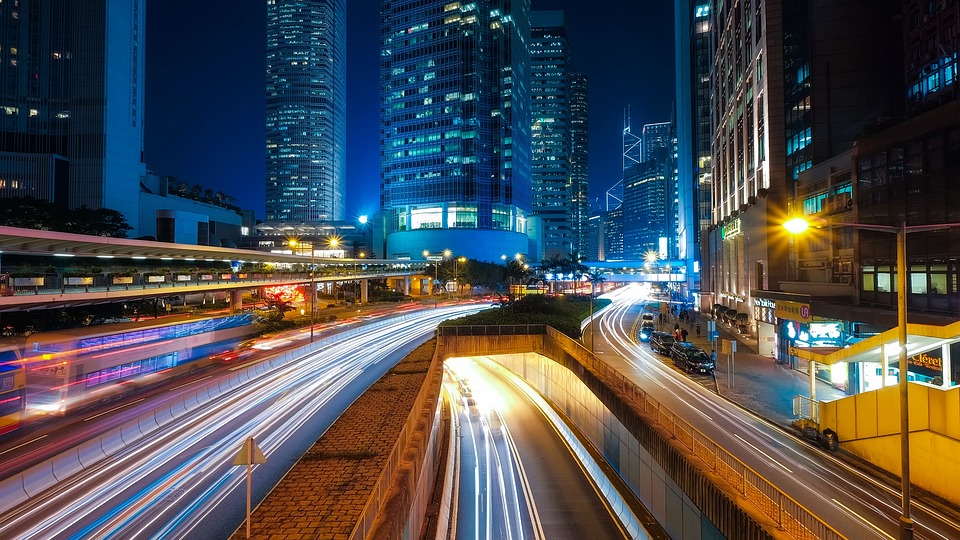
Utilizing AI to improve mass transit
Of all the ways AI is expected to improve modern life, perhaps none is more intriguing than its impact on mass transit. The pandemic will not last forever. So, at some point, people around the world will once again need to move from place to place quickly, efficiently, and at a reasonable cost.
In most cities, however, mass transit systems like subways, buses, and planes already struggle to keep up with rider levels, resulting in gridlock, accidents, and dissatisfied consumers. But since these are mostly problems of logistics, and logistics thrive on data analysis, AI stands ready to provide dramatic improvements to our mobility.
Faster and better solutions for mass transit
Park City, Utah, for example, recently became the 500th city to implement a platform called Optibus. It leverages AI to improve the planning and scheduling of mass transit. Done manually with traditional automation, this Herculean task hampers the ability to flexibly and dynamically adjust resources to actual demand. Optibus’ intuitive system reduces the time to analyze complex scenarios to less than a minute. This gives authorities the ability to quickly determine the proper response to changing conditions. Worldwide, Optibus manages over 2.5 billion passenger trips annually. This reduces carbon emissions by some 100,000 tons per year. The platform can also be applied to other pressing issues like supply chain delays and driver shortages.
AI has the potential to not only improve the current mass transit system, but reimagine it all together. The technology is already showing how it can boost coordination between GPS, navigational apps, connected autos, and even taxi and ride-sharing services to effectively fold them into a single entity. A recent report on InTech highlighted the many ways AI can bring order to the myriad non-public mobility services to ensure better flow during peak and off-peak hours.
Connected cars, for example, can be directed around traffic jams and then directly to the most convenient parking spots. Meanwhile, AI-controlled drones can provide constant monitoring of conditions on land, sea, and air to ensure a smooth, trouble-free trip regardless of the mode of transportation. In the near future, we can expect to see autonomous vehicles enter the mainstream, providing even greater opportunities for AI to reduce both the duration and risk of rapid mobility.
The intent here is not to replace current modes of mass transit but to make the entire system more economical and reliable. Earlier this year, for example, Mexico City saw a significant earthquake that knocked half of its Metro system out of commission. This caused some two million riders to seek alternate services, primarily on the city’s loose collection of private taxis and minibuses called colectivos. By using Google Maps and a U.K. app called WhereIsMyTransport, these services operate in a coordinated fashion. They match riders with services quickly to convert this informal system into a more cohesive mass transit solution.

Intelligent mobility for smarter cities
Even without natural disasters propelling these services, many cities around the world encourage the use of Mobility as a Service (MaaS). This lightens the load on public transportation while also reducing traffic volumes and improving citizens’ ability to travel.
In Japan, large cities like Tokyo and Okinawa struggled for years to improve mobility. So, platforms like Fukurou Go and SkedGo integrate with municipal transit agencies and together to provide simplified means of travel. Using predictive AI and other intelligence, they guide travelers to the most convenient and appropriate mode of transportation. At the same time, they provide critical data to buses, rail lines, and private services, concentrating resources where they are needed at any given time.
In essence, AI is not doing anything for mass transit that it isn’t doing for any other segment of society. The difference is that transportation is a crucial aspect of modern life, and it is under extraordinary pressure these days. It primarily satisfies the conflicting requirements to boost ridership while lowering resource consumption and congestion.
Achieving these goals is largely beyond the capabilities of human-driven, manual processes, but they are well within the scope of AI.
© 2021 LeackStat.com
